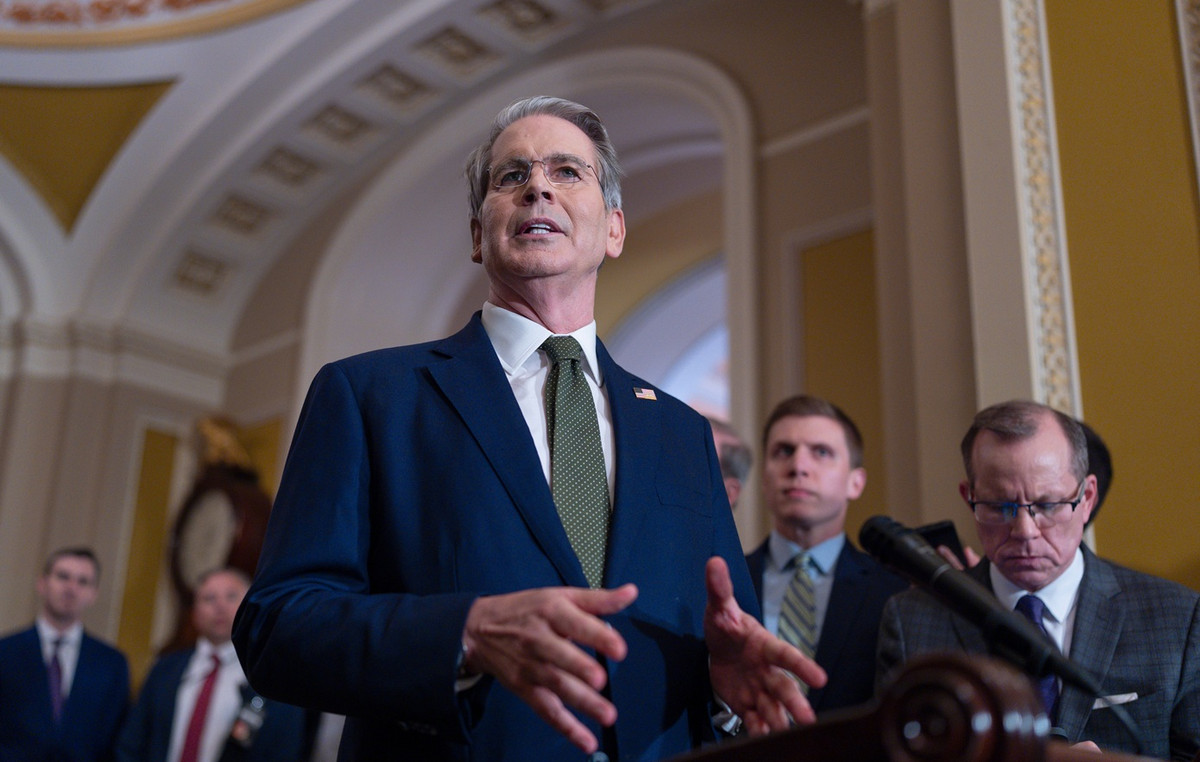Major Wall Street stock indexes are falling sharply on Thursday, with the general S&P 500 moving towards the close of one of its worst semesters in decades.
On the dashboard, the industrial Dow Jones falls by 548.10 points or 1.77%, with the widest S&P 500 to record a drop of 72.50 points or 1.90%, while the technological Nasdaq “loses” 273.08 points or 2.58%.
Healthcare stocks are pulling the market lower, as the results announced by Universal Health Services for the second quarter were disappointing both in terms of profits and revenue compared to analysts’ forecasts, mainly Its share is down about 6%, while those of Centene, Abiomed and PerkinElmer are losing about 5%.
RH housing company sees its share plunge 9% after issuing its guidance-warning for the full year. Other companies in the wider industry, such as Wayfair and Williams-Sonoma follow, down about 4% each.
“The combination of slower growth, declining earnings per share prospects and continued monetary tightening has been exacerbating the stock market climate for months – but even more so today,” said Adam Crisafulli of Vital Knowledge.
The Dow and S&P 500 are heading for their worst quarter since the first quarter of 2020, when the coronavirus crisis began, while the tech Nasdaq is recording its worst performance since 2008.
The S&P 500 is also heading for its worst half since the first half of 1970, amid a combination of market pressures. These include sparking inflation, the ongoing war in Ukraine and the recent Covid-19 lockdown in China – all of which have heightened fears of an impending global recession.
A spike in bond yields, as well as historically high stock prices, led to a sharp drop in technology stocks, with investors abandoning “growth” stocks for more traditionally strong sectors. Rising interest rates make future profits – as promised by the “growth” company – less attractive.
With the Nasdaq more than 30% lower than the highs of autumn 2021, shares such as Netflix have lost 70% of their value since early 2022, while those of Apple and Alphabet have fallen by about 22%. Facebook parent company Meta has lost 51% of its value.
For the Federal Reserve, the president of its Cleveland branch, Loretta Mester, told CNBC she would support a new base rate hike of 75 basis points at the Monetary Policy Committee meeting in July if current trends in the economy do not inverted. Already in June, the Fed raised interest rates by 75 basis points, the largest percentage increase since 1994.
“We do not expect the stock market to bottom out and we see prospects for further decline. Investors need to maintain high cash levels this season,” said George Ball, president of Sanders Morris Harris, who estimates that at the end of the downturn, S&P 500 will move to 3,100 units.
Of the 30 Dow stocks, all 30 are down. The losses are led by those of Salesforce, Walgreens Boots Alliance, Boeing.
USA: Small decrease in new applications for unemployment benefits
The number of new applications for unemployment benefits in the US decreased slightly last week, but remained higher than the limit of 200,000 recorded from February to March, in a sign that the historic cycle of monetary policy tightening has opened. The Fed may have begun to influence the strong labor market.
In particular, new applications for unemployment benefits fell by 2,000 in the week ended June 25 and reached the seasonally adjusted number of 231,000, according to data released by the US Department of Labor on Thursday.
Economists in a poll by The Wall Street Journal expected it to reach 230,000.
The four-week average for new unemployment benefit applications rose to 7,250 to 231,750, a slight uptrend in recent weeks.
The number also recorded a slight decline of continuing unemployment benefitswhich fell by 3,000 to the seasonally adjusted number of 1.33 million benefits, returning to pre-crisis levels.
It remained unchanged in May Federal Reserve’s preferred inflation indicatorwith the structural index that does not include food and energy slowing down from the previous month to an encouraging development that may indicate further price de-escalation thereafter.
In particular, the price index for personal consumption expenditures rose 0.6% in May from the previous month, after rising 0.2% in April, according to data released by the US Department of Commerce.
From May 2021, the index strengthened by 6.3%, after a similar increase in the previous month.
Excluding food and energy, the construction index rose 0.3% for the fourth consecutive month, while from the same period last year it rose 4.7% after rising 4.9% in April. The latest measurement is the smallest increase since last November.
Government data also showed that consumer spending rose 0.2% in May, while April figures were revised downwards by 0.6% from 0.9% initially announced. Analysts’ average estimates in a Reuters poll were for a 0.4% increase in consumer spending.
Source: Capital
I am Sophia william, author of World Stock Market. I have a degree in journalism from the University of Missouri and I have worked as a reporter for several news websites. I have a passion for writing and informing people about the latest news and events happening in the world. I strive to be accurate and unbiased in my reporting, and I hope to provide readers with valuable information that they can use to make informed decisions.







